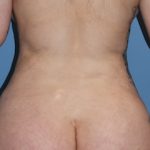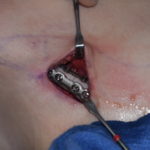Case Study: Rhinoplasty for the Broad Tip
Background: Aesthetic nasal concerns present in a wide variety of deformities throughout the length of the nose. One of the more common basic nasal concerns is the wide or broad nasal tip. Some patients call it a fat tip or a bulbous tip. While all of these names seem synonymous there are actually a wide Read More…


